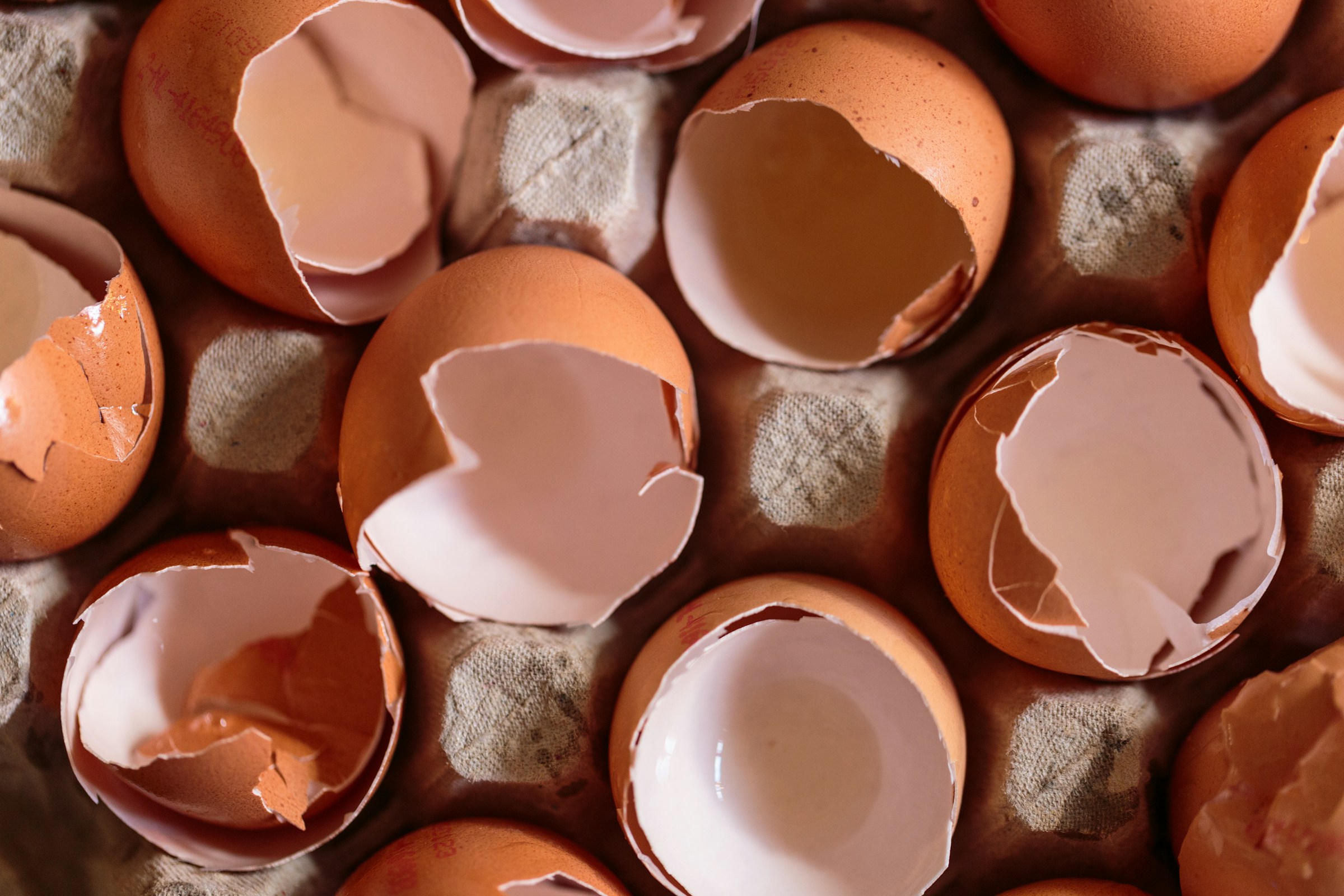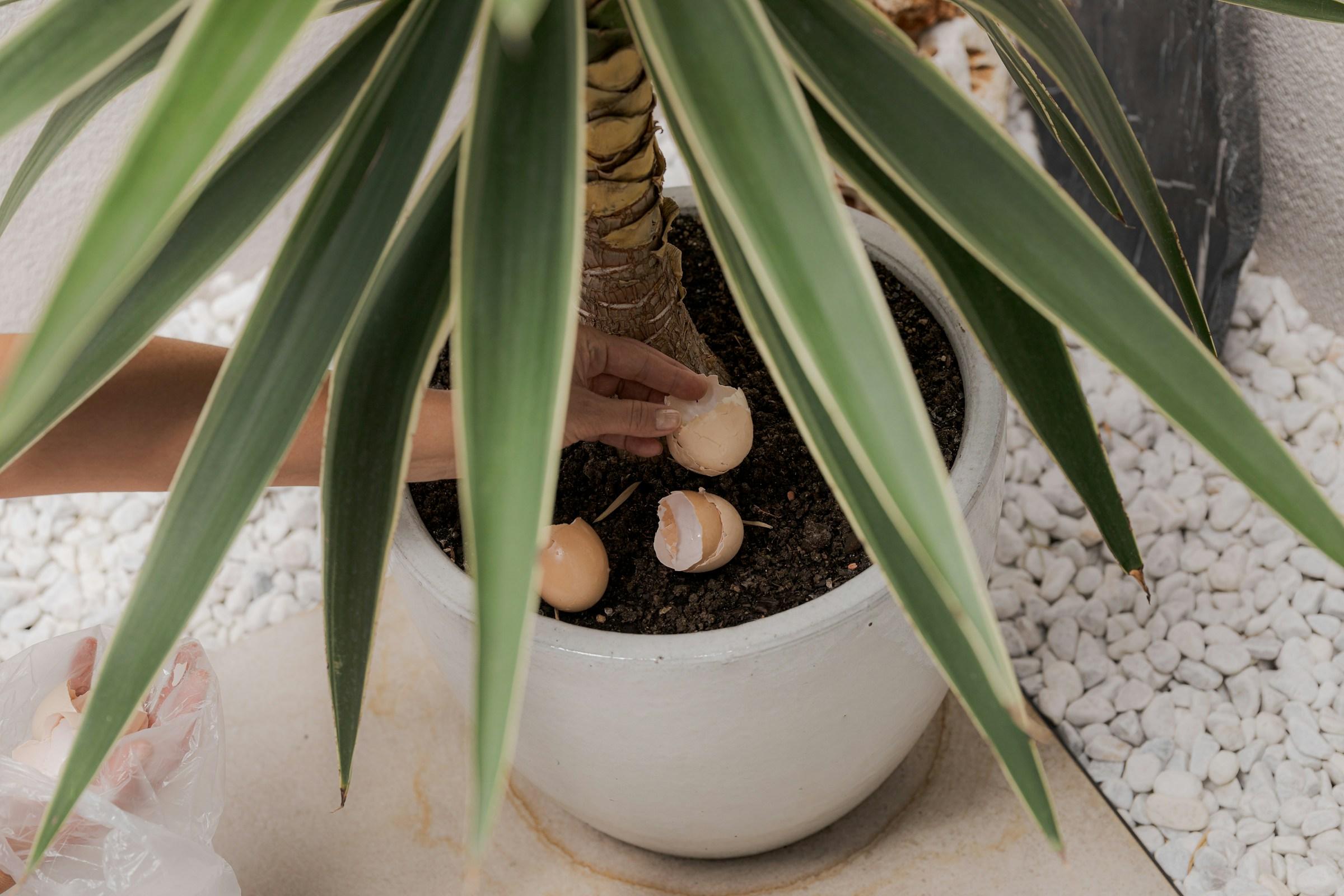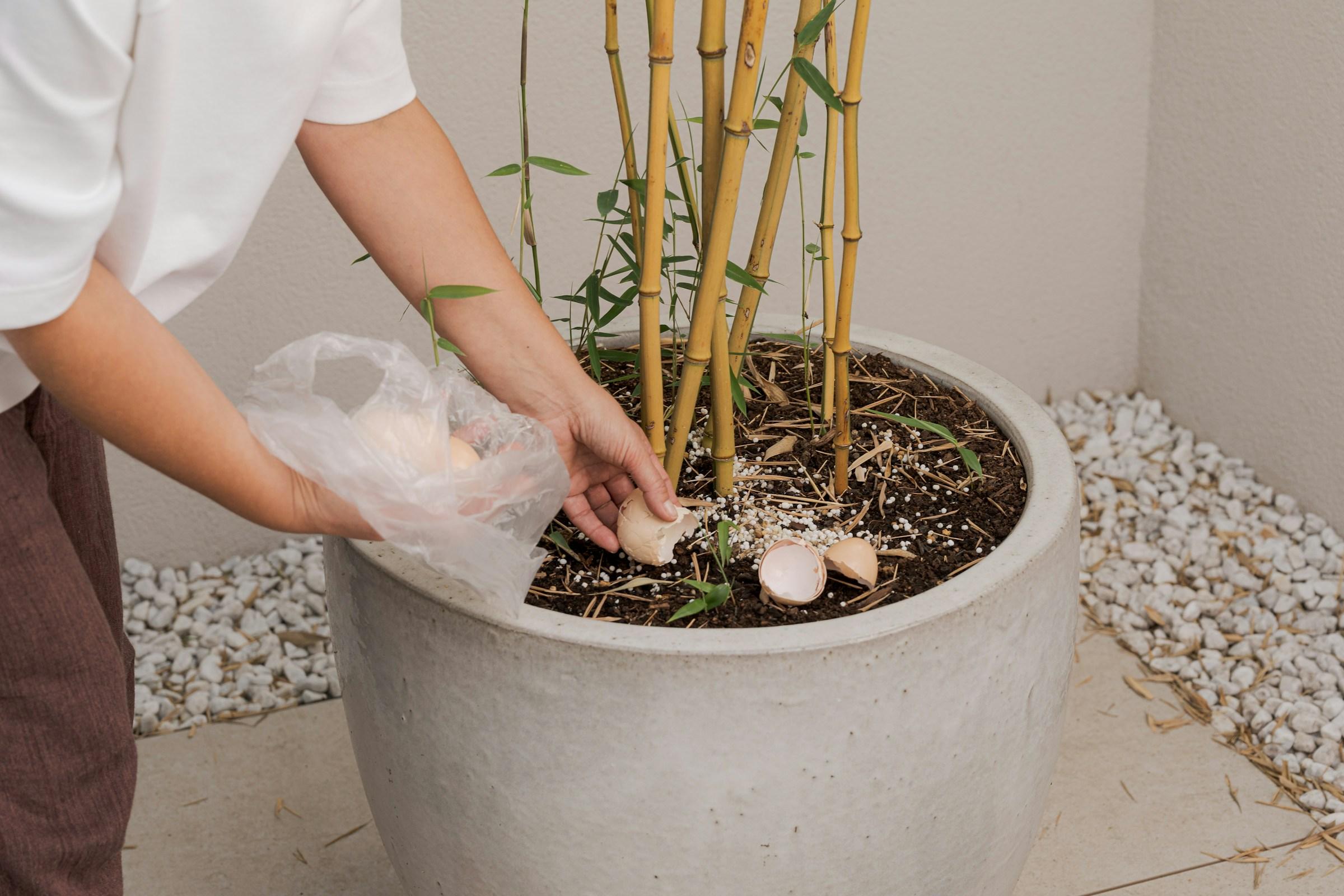The question sounds simple enough at first. Do eggshells raise pH in soil. Many gardeners hope the answer will deliver a quick solution to sour beds and struggling plants. In practice, the story of eggshells in the garden unfolds at a gentler pace. The shell that held a breakfast egg is not just kitchen waste. It is a mineral object made mostly of calcium carbonate, the same substance that gives agricultural lime its power. Yet structure and size govern how a material behaves, and the curved walls of a shell are not the same as a bag of finely milled lime. Understanding that difference turns a folk remedy into a thoughtful practice and helps a home garden trade guesswork for steady improvement.
Soil pH sits at the heart of the conversation because it shapes how nutrients move. When the soil leans acidic, certain minerals lock up, and plants struggle to draw them across root membranes. When the soil leans too alkaline, other imbalances appear. The small shifts that a meter reports can change a season’s trajectory, which is why gardeners keep asking whether kitchen calcium can nudge the dial. Chemically, calcium carbonate neutralizes acidity. The reaction, however, happens at the surface where water meets the solid and dissolves it. That is why a pile of shell shards behaves so differently from a jar of powder. A handful of glittering flakes looks charming against dark soil, but water touches only the edges, so the change comes slowly, sometimes so slowly that it cannot be detected within a single season. A spoonful of true powder hides in compost or potting mix, yet it presents thousands of times more surface area and gives the soil a practical, if modest, lift over time.
This is the first lesson many home gardeners learn the long way. They scatter the remains of breakfast beneath tomatoes and peppers and then wonder why the leaves still curl or the fruit still shows stress. The calcium is present, but it is locked inside a structure that resists weather and microbes. When the same shells are dried, then ground to the consistency of flour, the story changes. The powder disappears into compost or beds and becomes part of a slow exchange that keeps acidity from creeping too far. The effect is not dramatic. It does not sweep a bed from strongly acidic to neutral in a week. It works in the background, the way a quiet friend steadies a group that tends to run hot or cold. For gardeners willing to think in seasons rather than days, that background support is exactly what keeps a system resilient.
Time shapes expectations here. Even finely ground shells do not behave like fast-acting lime. Water must move through soil and dissolve the particles. Microbes must touch the surfaces and perform their part of the dance. Roots must find the calcium and bring it into living tissue. Each step asks for patience. If a home plot sits at 5.5 and you want to grow vegetables that prefer a range near neutral, a sudden swing can invite new problems. A measured approach works better. Where a clear shortfall exists, agricultural lime supplies the immediate change because it is designed for that task. Eggshell powder contributes to the long arc by buffering acidity and feeding the beds as a steady, local mineral. One does not replace the other. Together they let you tune the system to the plants you love.
Containers deserve their own paragraph because potting mixes carry different rules than field soil. Peat and coco materials can drift acidic with repeated watering and the salts of fertilizer. A little powdered shell blended into a potting mix before planting can help the medium hold a friendlier line. The amount is small. A teaspoon or two in a twelve inch pot at planting does more good than a ring of crunchy shards added later. The powder works in the chemistry while the flakes sit on the surface and tell a decorative story about good intentions. Containers have less room for error than beds, so it helps to move with a light hand, observe the plants, and refresh the mix rather than pile on amendments when the leaves begin to complain.
Compost offers another quiet path that turns a household habit into soil structure and nutrition. When you add powdered shell to an active compost, moisture and microbial life keep breaking it down. The finished compost then carries calcium evenly through the bed rather than leaving pockets of high pH where raw material collected in lumps. A compost bin becomes a mixing bowl where kitchen minerals meet plant matter and transform into something the garden can use without drama. You do not need a special rule for shells inside that bin. The method remains the same. Rinse to avoid smells. Dry to make grinding easy. Grind to expose surface area. Sprinkle into the layers as you build your pile. By the time your beds see the compost, you have accomplished two goals at once. You have recaptured a mineral from your kitchen and you have woven it into a fabric of organic matter that the soil recognizes.
One persistent myth deserves a clear answer. Many gardeners are told that shells cure blossom end rot on tomatoes. The blackened patch at the fruit end is not a straightforward shortage of calcium in the soil. It is usually the result of inconsistent watering that prevents the plant from moving calcium through its tissues during a rapid growth phase. The calcium might be present in the soil, yet the plant cannot deliver it to the fruit if moisture swings wildly. Adding shells when you spot the first dark scar feels active and hopeful, but those shells will not become available in time to save this season’s fruit. The better rhythm forms one season earlier. Build even watering habits. Mulch to hold moisture. Add powdered shells to compost through the year so the bed begins the season with a steady baseline of calcium. A calmer root zone makes calmer fruiting.
Another folk practice asks coarse shells to protect tender seedlings from slugs. The idea is that sharp edges make a painful barrier. In reality, shells soften quickly when wet, and slugs travel on a layer of slime that reduces friction. If this ritual gives you a sense of participation, enjoy the moment, but do not rely on it as your only line of defense. Tidy borders, evening hand picking, support for natural predators, and thoughtful mulch choices produce outcomes you can trust. Leave shells to the chemistry story where they truly shine.
All of this works better when guided by testing. A simple soil test reveals your starting pH and the balance of key nutrients. Without a test, you are mainly decorating and hoping. With a test, you can decide where shells belong and how much they can contribute. If your beds sit near neutral already, shells become a way to maintain stability and supply calcium without pushing the dial upward. If your soil is strongly acidic, shells help, but only within the limits of their release. They are a steady whisper, not a shout. That same test will tell you if an area should be kept free of shells, as with blueberries or other acid lovers. A gardener who knows the numbers can match materials to the patch, rather than follow every internet tip that happens to be popular in a different climate or water supply.
The small rituals inside the kitchen make this possible without fuss. A quick rinse keeps pests from the scrap container. A dry shell shatters cleanly and does not gum up a grinder. A short spell in a low oven makes larger batches easy to process. Many gardeners find it useful to retire an old coffee grinder for garden minerals and keep a labeled jar with a spoon near the compost pail. The act of adding a pinch as you layer greens and browns becomes as simple as salting a pot of soup. Children can help crush shells in a paper bag before you grind them, which turns the habit into a family rhythm that connects breakfast to basil and omelets to tomatoes.
Raised beds respond beautifully to this kind of seasonal thinking. At the end of a crop, pull spent plants, loosen the top layer, and fold in finished compost that carries powdered shell. Water and let the bed rest. Microbial life continues its quiet choreography while you plan the next planting. If you top up with fresh mix, pre blend a little powder in a wheelbarrow before spreading. If you favor a no dig approach, dust the surface lightly, add compost, then mulch. Rain and soil life will conduct the minerals downward in time. You are not forcing change. You are setting conditions and trusting the community in the soil to do the work.
Houseplants benefit from the same patience, with a reminder that pots are closed worlds. Local water supplies can push mixes more acidic or more alkaline over months, and fertilizer habits add their own tilt. A tiny amount of shell powder mixed into fresh soil for herbs or neutral loving succulents can stabilize a pot over a long season. Use a light touch. If leaves pale or tips brown, leach with clear water and refresh the mix rather than stacking more amendments. A small error looms large in a ceramic pot, so the best use of shells indoors often remains indirect. A compost enriched repotting mix gives structure, microbes, and minerals together, which keeps the pot calm.
Every practice has limits, and it helps to name them. If your region already leans alkaline, shells will not help azaleas or camellias. If your rain collects dust from limestone country, your soil may arrive with more buffering than you suspect. If you have been adding crushed oyster shell from a neighbor with chickens, you may already be meeting the calcium needs of your beds. Good gardens feel specific. They do not apply every trick everywhere. They connect a place and its water and its plants to a set of materials that make sense for that map.
Skeptics sometimes say shells do nothing, and in one sense they are reacting to a common mistake. Tossed in large pieces on top of soil, shells mostly sit and gleam while seasons turn. Advocates sometimes say shells transformed their gardens, and in another sense they are describing a pattern of preparation where shells were ground, composted, and given time to participate in the chemistry of the bed. Both stories point to the same center. Size and system decide the outcome. Grind fine. Blend where biology is already active. Give the process months, not days. Observe what changes and adjust with a test in hand.
When you treat shells as part of a home ecology, the question at the start becomes easier to answer. Yes, eggshells raise pH in soil, but they do it softly. They do not deliver a dramatic correction on a deadline. They buffer drift. They supply calcium to hungry crops. They travel best through the compost that carries them evenly into the places where roots feed. They do their work when you fold them into a life that repeats simple gestures across seasons. Rinse. Dry. Grind. Store. Sprinkle. Plant. Water. Mulch. Test. Adjust. Repeat. These ordinary actions add up to a garden that resists extremes and recovers quickly from stress.
A home garden is not a laboratory with instant results. It is a living room under the sky where small inputs build durable rhythms. When you design that rhythm with intention, a jar of pale powder on the pantry shelf stops being a novelty and becomes a quiet tool. The shells that once cracked at breakfast become part of the way your home breathes. You will look at healthy leaves and steady fruit and remember that patience and surface area and simple habits made this possible. You will feel less urgency to chase a miracle fix and more confidence in your own loop of kitchen, bin, bed, and table. What we repeat becomes how we live. In that spirit, eggshells offer a lesson worth keeping. Change arrives, but it arrives most reliably when it is invited to move at the pace of soil and seasons.







